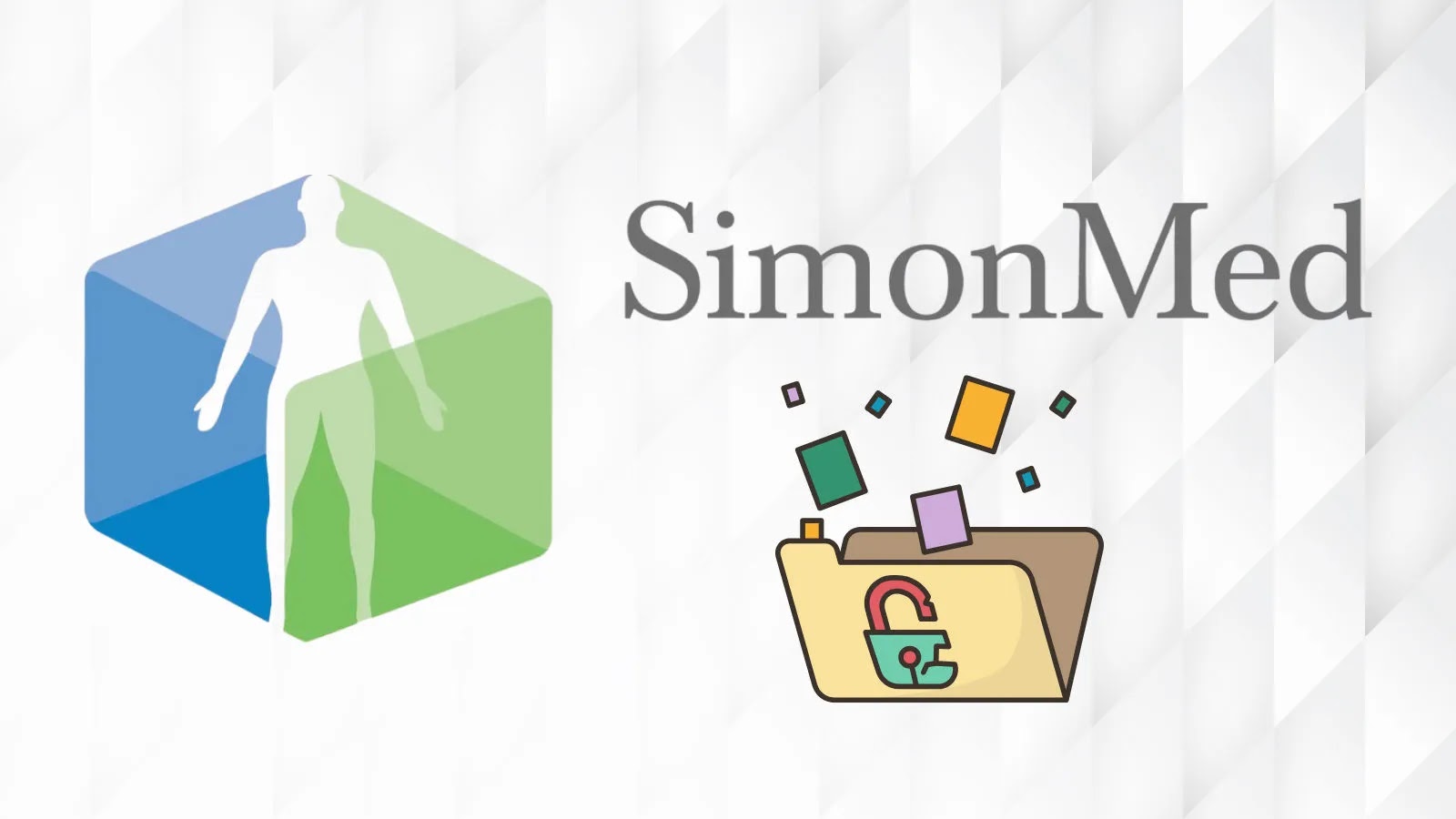
SimonMed Data Breach Exposes 1.2 Million Patients Sensitive Information
The digital health landscape, while offering unparalleled convenience and efficiency, simultaneously presents a vast attack surface for malicious actors. When a leading medical imaging provider falls victim to a sophisticated cyberattack, the implications resonate far beyond compromised servers, impacting the trust and well-being of millions. Recently, SimonMed Imaging, a prominent U.S. provider of outpatient medical imaging services, confirmed a significant data breach, exposing the sensitive personal and health information of approximately 1.2 million patients.
The SimonMed Breach: A Deeper Look into Healthcare Vulnerabilities
The cyberattack against SimonMed Imaging, brought to light by a recent disclosure, serves as a stark reminder of the persistent threats facing the healthcare sector. This incident, occurring earlier this year, was directly attributed to a ransomware attack. While the specific entry vector details are still under investigation, such attacks frequently exploit common vulnerabilities, often leading to unauthorized access and data exfiltration.
The sheer scale of the breach — impacting 1.2 million patients — underscores the critical need for robust cybersecurity frameworks within healthcare organizations. The data exposed likely includes highly sensitive information, such as names, addresses, dates of birth, social security numbers, and protected health information (PHI), making affected individuals vulnerable to identity theft, medical fraud, and targeted phishing scams.
Medusa Ransomware Group: A Recurring Threat
The perpetrators behind the SimonMed attack have been identified as the Medusa ransomware group. This group has gained notoriety for its aggressive tactics, often combining data encryption with data exfiltration to exert maximum pressure on victims. Their modus operandi frequently involves exploiting known vulnerabilities in network perimeters, unpatched software, or weak access controls to gain initial entry. Once inside, they typically move laterally through the network to identify and compromise critical systems and data repositories.
Impact on Patients and the Healthcare Sector
For the 1.2 million affected patients, the consequences of this breach are significant. Beyond the immediate concern of identity theft and financial fraud, there’s the potential for sensitive medical details to be exposed, which can lead to emotional distress and privacy violations. For SimonMed Imaging, the breach not only entails significant financial costs associated with remediation, legal fees, and potential fines under regulations like HIPAA but also a substantial blow to its reputation and patient trust.
This incident also highlights a broader trend: the healthcare industry remains a prime target for cybercriminals. The value of medical data on the dark web, coupled with often complex and legacy IT infrastructures, makes healthcare organizations particularly attractive. The ongoing threat from groups like Medusa necessitates a comprehensive and proactive approach to cybersecurity.
Remediation Actions and Proactive Defenses
In the wake of a data breach of this magnitude, affected organizations must implement immediate and long-term remediation strategies. For patients, the advice is to remain vigilant and take proactive steps to protect their information.
For Organizations (SimonMed Imaging and other Healthcare Providers):
- Incident Response Plan Activation: Swift execution of a well-defined incident response plan is paramount, focusing on containment, eradication, recovery, and post-incident analysis.
- Vulnerability Management: Conduct thorough vulnerability assessments and penetration testing. Prioritize patching known vulnerabilities, especially those frequently exploited by ransomware groups. Ensure that all systems, including legacy applications, are regularly updated.
- Network Segmentation: Implement strong network segmentation to limit lateral movement within the network should a breach occur in one segment.
- Endpoint Detection & Response (EDR): Deploy advanced EDR solutions to monitor endpoints for suspicious activity and prevent ransomware execution.
- Multi-Factor Authentication (MFA): Enforce MFA for all remote access and critical systems to significantly reduce the risk of unauthorized access via compromised credentials.
- Data Encryption: Encrypt all sensitive data, both in transit and at rest, to render it unreadable even if exfiltrated.
- Regular Backups: Maintain immutable, off-site backups of all critical data to ensure business continuity and recovery capabilities in the event of a ransomware attack.
- Employee Training: Conduct regular cybersecurity awareness training for all employees, emphasizing phishing prevention, secure browsing habits, and incident reporting procedures.
- Third-Party Risk Management: Vet third-party vendors and ensure they adhere to stringent cybersecurity standards, as supply chain attacks are increasingly common.
For Patients:
- Monitor Financial Statements: Regularly review bank and credit card statements for any suspicious or unauthorized activity.
- Credit Freezes/Fraud Alerts: Consider placing a credit freeze or fraud alert on your credit reports with major credit bureaus.
- Password Hygiene: Use strong, unique passwords for all online accounts and enable MFA wherever possible.
- Be Wary of Phishing: Exercise extreme caution with unsolicited emails, calls, or texts, especially those requesting personal information or prompting urgent action.
- Review EOBs: Carefully examine Explanation of Benefits (EOBs) from your health insurer for any unfamiliar services or charges.
Relevant Tools for Detection and Mitigation
While no tool is a panacea, a layered security approach utilizing various technologies can significantly bolster defenses against ransomware and other cyber threats:
| Tool Name | Purpose | Link |
|---|---|---|
| CrowdStrike Falcon | Endpoint detection and response (EDR), threat intelligence | https://www.crowdstrike.com/ |
| Tenable Nessus | Vulnerability scanning and management | https://www.tenable.com/products/nessus |
| Darktrace AI Analyst | Autonomous threat detection and response | https://www.darktrace.com/ |
| Veeam Backup & Replication | Data backup and recovery for virtual, physical, and cloud environments | https://www.veeam.com/ |
| Cisco Duo Security | Multi-Factor Authentication (MFA) and Zero Trust platform | https://duo.com/ |
Looking Ahead: Securing Healthcare’s Digital Frontier
The SimonMed data breach underscores an undeniable truth: cybersecurity is not merely an IT issue but a fundamental component of patient care and organizational integrity. Healthcare providers must proactively invest in advanced security measures, foster a culture of cybersecurity awareness, and collaborate with industry peers and law enforcement to stay ahead of evolving cyber threats. Protecting patient data is a continuous endeavor requiring vigilance, robust controls, and rapid adaptability in the face of persistent and sophisticated adversaries.





